|
Very near to Stalis (around 15 km) is the village of Avdou. The location of Avdou is spectacular but its location will be the subject of another post. Today I would like to describe our visit to Avdou yesterday on the occasion of a concert taking place there. 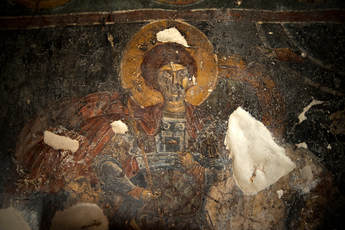 Very close to Stalis is the old christian church of St George (in Loutres Malia) which has significant archaeological value. Its walls have a very strange, beautiful and evocative texture. Initially it looks like an ordinary church, but when you look closer at the missing eyes of the paintings and at the dates which pirates have scratched on the walls, then you feel a little shivering. I took some photos with emphasis on the texture that enclose the history of the place. These walls are a system of defensive walls first built during the Arab rule and completed in the Venetian times. The uniqueness of these walls lies in their size. Their length is 4,5 km and they surround the old city of Heraklion.
In most of their sections the walls extend to more than 10 m in thickness and 15 m in height. Many parts of the walls are so big that on top of them there is a football field and many places of cultural activities. One can walk across and atop the walls, where (atop the Martinengo Bastion) you will find the tomb of the famous writer, Nikos Kazantzakis. There are four main gateways (St George’s Gate which is used for cultural activities and exhibitions, New Gate, Bethleem Gate where performances and music events are held and the reconstructed Chanioporta (Chania Gate). The walls are so impressive in volume that they can only be compared to the Sinic Walls of China and form one of the best examples of medieval wall architecture in the Mediterranean world. These walls were being built for 100 years and were accompanied with the construction of Big Castle fortress for the protection of the harbour, when Heraklion was a colony of Venice. They lasted the longest city siege in world history, from 1648 to 1669, a total of 21 years, against Ottomans. Knossos, located 5 km from the centre of Heraklion, was the biggest city of the Minoan era and is considered Europe’s first city. It is the silent testimony of the earliest large-scale Aegean civilization. During the thriving period of this city around 1700 BC the palace and the surroundings were inhabited by almost 100.000 people. They ruled over the Aegean Sea and based on some findings in Egyptian tombs they seem to have had contact and trade relationships with the Egyptians.
The palace of Knossos was a multi-storey complex of buildings which had an impressive water supply and drainage network. The palace was excavated by Sir Arthur Evans who found parts of the buildings as well as precious objects and impressive wall paintings (frescoes). What is of interest is that there is no fortification which indicates that they were protected by their ships and did not have any fear of enemies as they were the rulers of the sea. Photos Coordinates Opening hours address website... One of the most interesting tourist attractions around Stalis is Krasi, which is a traditional village with a big and old tree in the central square where you may walk and enjoy the nature and the wonderful view near to wilderness. Inside the village (not in the central square of the village but inside the narrow roads of the village) you will see people and cafes (kafeneia) which seem to have emerged from the sixties. It is 600 m in altitude and the temperature there is at least 10 degrees lower than in Stalis. It has a cultural tradition since many famous Greek authors went there to stay and write their books in isolation in the fifties.
|
Archives
April 2023
Categories
All
|
Location
|
AWARDs
|
|



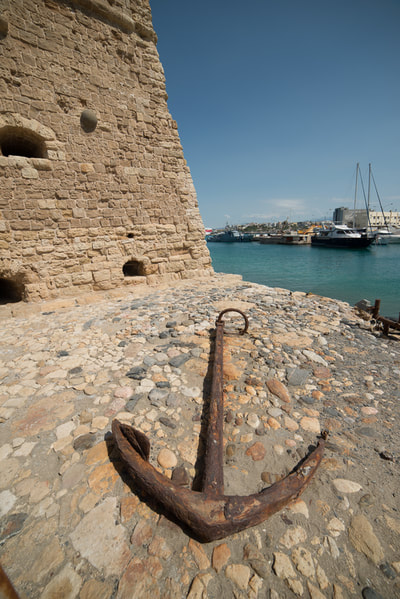
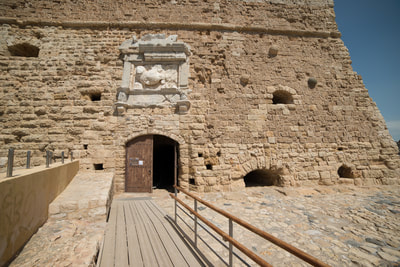
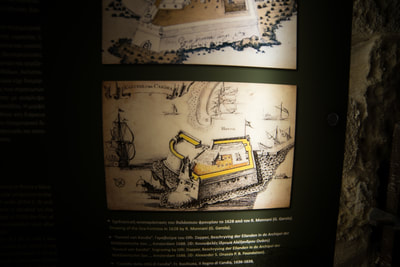

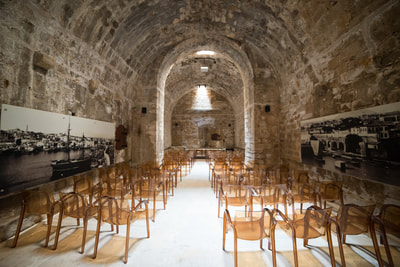

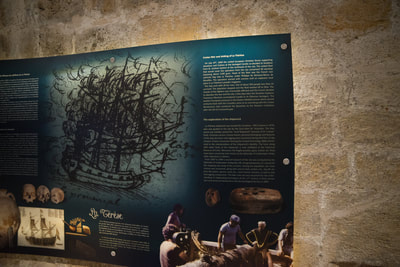

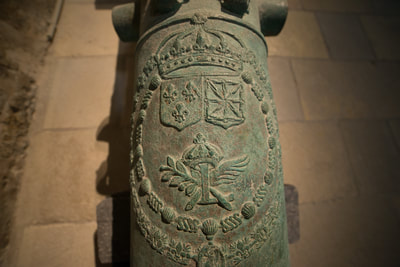

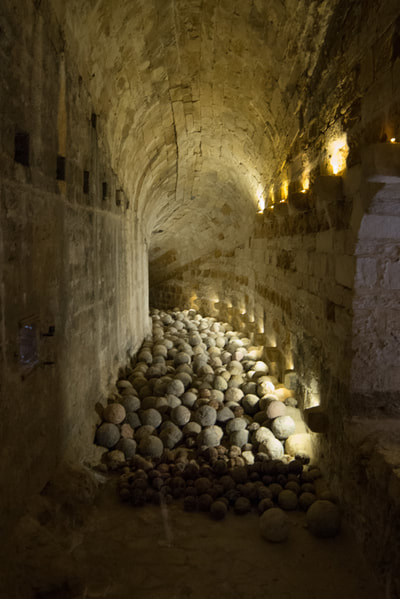
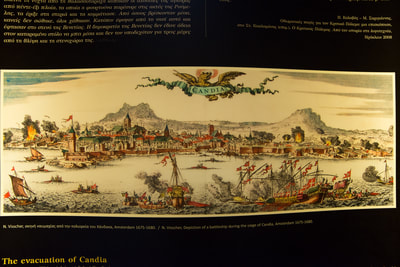




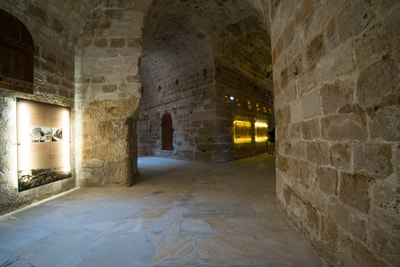
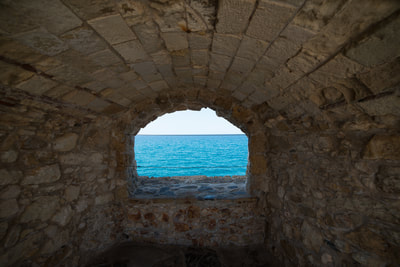
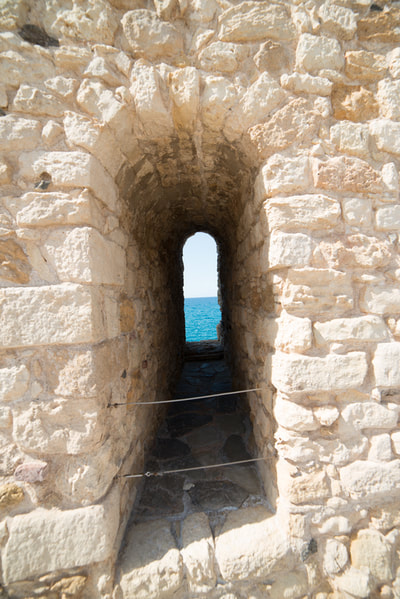
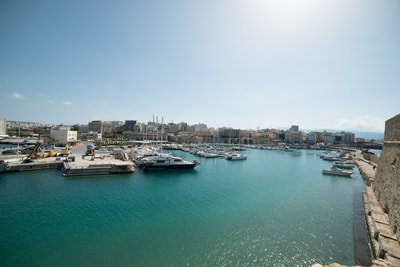
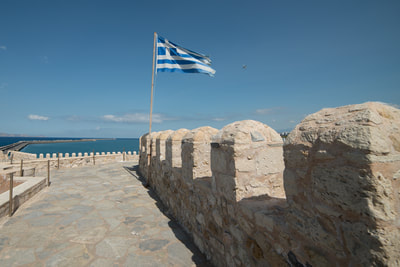
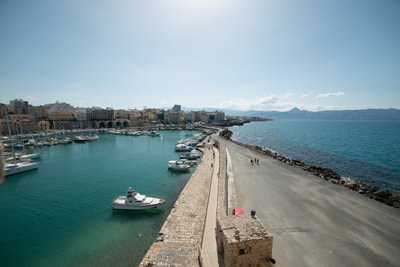
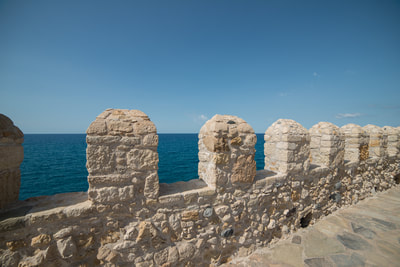
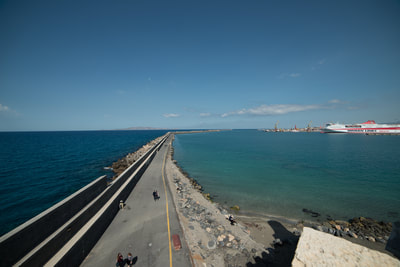
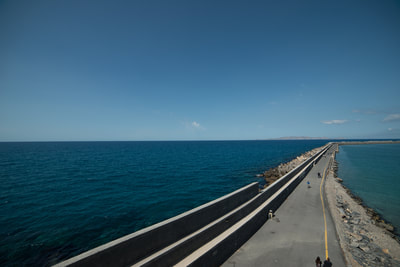

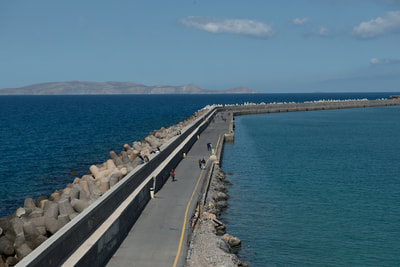
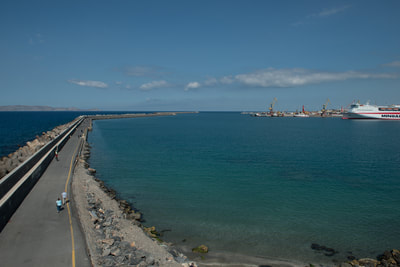
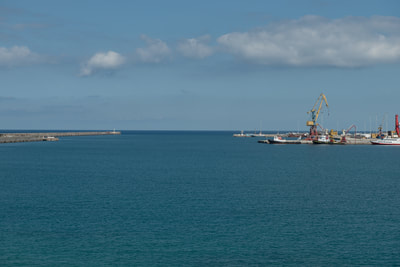

 RSS Feed
RSS Feed

